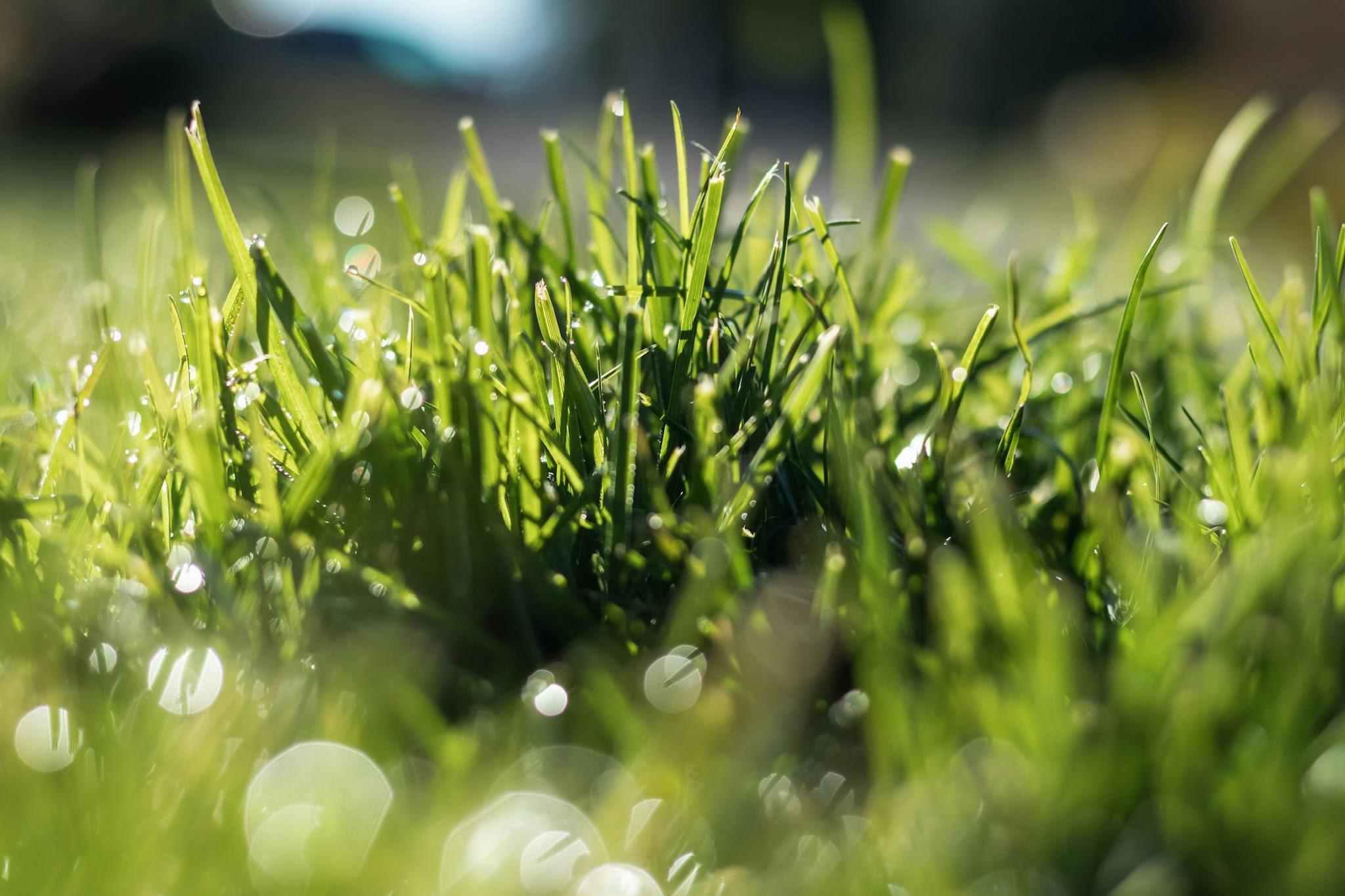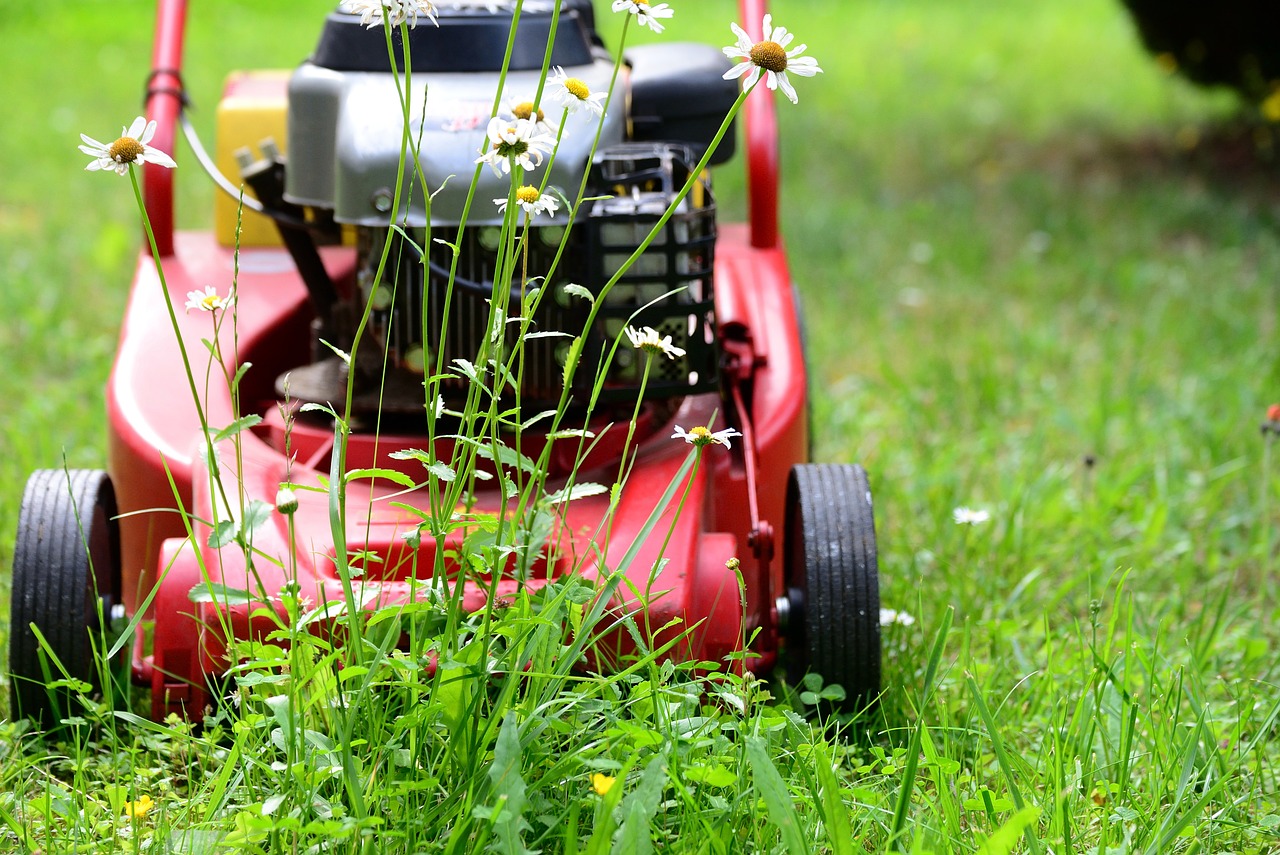A lush, green lawn is the pride of any homeowner and creates a beautiful, welcoming atmosphere around your property. However, keeping your lawn in top condition requires more than just occasional mowing and watering. To achieve a healthy, vibrant lawn, it’s essential to know the right techniques and practices that will keep the grass green, thick, and resilient throughout the seasons. Here are expert tips to guide you on your journey to maintaining a luscious lawn.

1. Understand Your Lawn’s Unique Needs
Every lawn has unique requirements depending on factors such as grass type, climate, soil quality, and sunlight exposure. Understanding these specific needs will help you tailor your lawn care practices for optimal results. For example, cool-season grasses like Kentucky bluegrass thrive in moderate climates, while warm-season varieties like Bermuda grass perform better in hot, sunny regions. For best results, it’s wise to consult with lawn care services providers who can assess the health of your lawn and recommend personalized care solutions. These professionals can help you understand the types of nutrients and watering schedules required to keep your lawn looking lush year-round. A customized approach ensures that you’re giving your grass exactly what it needs to grow thick and healthy.
2. Water Wisely and Efficiently
Proper watering is essential for a healthy lawn, but over-watering or under-watering can lead to issues like root rot, shallow root growth, or weed invasions. The key to efficient watering is to provide deep, infrequent watering sessions rather than shallow, frequent ones. This practice encourages roots to grow deeper, making the grass more resilient to drought and temperature fluctuations.
Aim to water your lawn early in the morning when temperatures are cooler, and there’s less evaporation. This allows the water to reach the roots before the heat of the day. The general rule of thumb is to provide about one inch of water per week, but you may need to adjust this based on your region’s rainfall and specific grass type. Investing in an irrigation system with timers can help regulate watering, ensuring your lawn receives the right amount without any waste.
3. Mow at the Right Height
Mowing is an essential part of lawn care, but cutting your grass too short or too infrequently can damage its health. Each grass type has an ideal height range, and maintaining this can help keep your lawn green and dense. As a general guideline, avoid cutting more than one-third of the grass blade in a single mowing session, as removing too much at once stresses the plant and weakens its growth.
Higher grass blades help shade the soil, reduce evaporation, and prevent weed growth, all of which contribute to a healthier lawn. Adjust your mower height based on the grass type and season, as cool-season grasses may need a different mowing approach than warm-season varieties. Regular mowing at the correct height promotes thick growth and improves the overall appearance of your lawn.
4. Feed Your Lawn the Nutrients It Needs
Lawns require essential nutrients like nitrogen, phosphorus, and potassium to grow thick and vibrant. Fertilizing your lawn provides these nutrients, helping the grass to stay healthy and resist diseases. A balanced fertilization schedule typically involves feeding your lawn during its active growing season. For cool-season grasses, this period is usually spring and fall, while warm-season grasses benefit most from fertilization in late spring and summer.
Organic fertilizers are often preferred for their slow-release properties, which provide nutrients steadily over time. Soil testing is an effective way to determine which nutrients are deficient in your lawn, allowing you to select the right fertilizer blend. Avoid over-fertilizing, as excessive nutrients can lead to weak growth, environmental runoff, and increased vulnerability to pests.
5. Aerate to Improve Soil Health
Over time, soil can become compacted from foot traffic, rain, and regular lawn care activities. Compacted soil restricts air, water, and nutrient flow to the roots, weakening the grass and making it more susceptible to diseases and weeds. Aeration, the process of perforating the soil with small holes, helps alleviate compaction by allowing roots to access the resources they need for healthy growth.
Aerate your lawn at least once a year, preferably during the growing season for your grass type. This practice not only improves soil structure but also promotes deeper root growth and better drainage. Core aeration, which involves removing small plugs of soil, is the most effective method and can significantly boost the health and appearance of your lawn. It’s best to follow aeration with fertilization, as the nutrients can then reach deeper into the soil, benefiting the entire root system.
6. Control Weeds with Preventive Measures
Weeds are one of the biggest challenges in lawn care, as they compete with grass for water, sunlight, and nutrients. The best defense against weeds is a thick, healthy lawn that naturally crowds out weed growth. However, using preventive measures like pre-emergent herbicides can also help control weed populations by stopping them from germinating.
Applying pre-emergent herbicides in early spring is effective for managing weeds like crabgrass, while broadleaf herbicides can target specific weeds that sprout later in the season. Spot-treating weeds with post-emergent herbicides prevents them from spreading without harming the surrounding grass. In addition, post-emergent herbicide solutions are crucial for tackling those persistent weeds that have already surfaced, ensuring that your lawn remains weed-free throughout the season. Hand-pulling weeds, especially annual weeds like dandelions, can also be effective in smaller lawns or areas where chemicals are undesirable.
7. Mulch Your Grass Clippings
Instead of bagging and disposing of grass clippings, consider mulching them back into the lawn. Mulching recycles valuable nutrients and moisture, benefiting the soil and reducing the need for added fertilizers. When grass clippings are finely chopped and left on the lawn, they decompose quickly, adding organic matter that improves soil health and boosts grass growth.
Mulching also saves time and energy, as you won’t need to remove clippings every time you mow. Use a mulching mower or set your mower to the “mulch” mode to achieve the best results. This natural fertilization method is eco-friendly and provides a simple way to enhance the nutrient content of your lawn.
8. Keep Pests Under Control
Pests can wreak havoc on an otherwise healthy lawn, causing brown spots, stunted growth, and damaged roots. Common lawn pests include grubs, armyworms, and chinch bugs, each with distinct signs and symptoms. Monitoring your lawn regularly for these signs is essential to address any infestations before they become severe.
Integrated pest management (IPM) is a sustainable approach that combines preventive measures, like keeping the lawn well-maintained, with targeted treatments when necessary. Biological controls, such as beneficial nematodes, are natural options that can reduce pest populations without harmful chemicals. If you suspect a pest problem, consulting with a professional lawn care provider can help you identify the issue and find an effective treatment that minimizes environmental impact.

Maintaining a lush, healthy lawn requires a combination of smart watering, regular mowing, soil care, and pest management. By following these expert tips, you can cultivate a beautiful lawn that boosts curb appeal and provides a vibrant, enjoyable outdoor space for you and your family to relax and enjoy.









